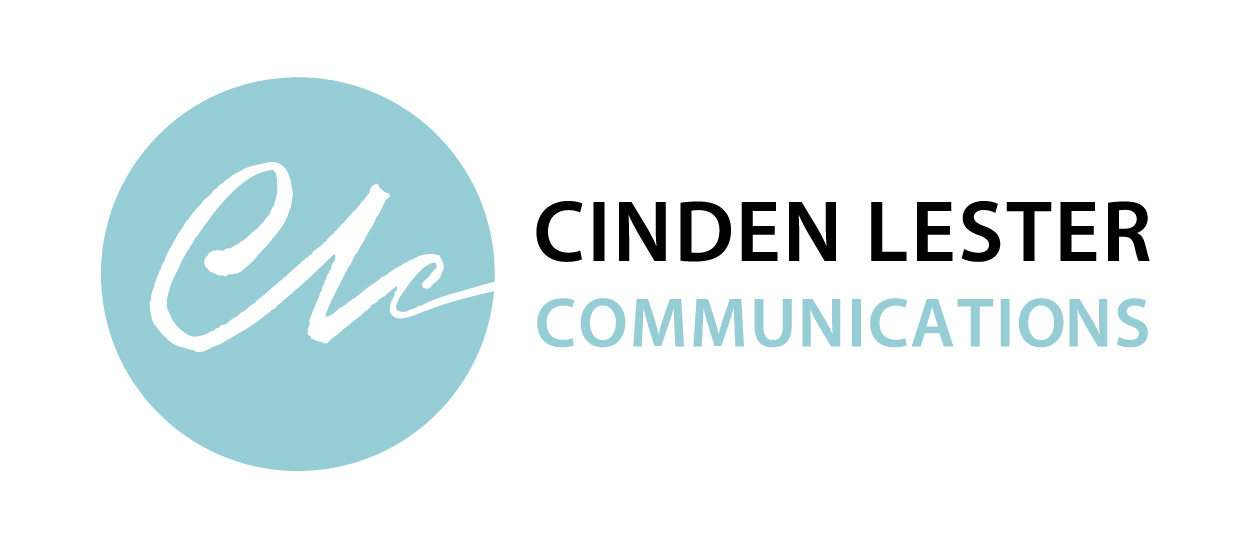 Have you ever been lost?
Have you ever been lost?
I’ll never forget years ago driving around the centre of Barcelona, through the same nail-biting intersection six or seven times, before finally turning onto the correct motorway out of the city.
In those pre-Navman days, it would have been so much easier if there were visible signposts.
Effective subheadings are like signposts for your readers. They add value to any type of writing, from business and government to promotional, technical and online. This is because they:
- help your readers navigate your text
- break up big blocks of writing into digestible chunks
- provide a quick outline of your document’s content
- draw your readers in and keep them moving to your conclusion
- act as markers for cross references and finding information again
- signal a transition or change in content
- make your text easier to scan (especially important for online content)
- highlight important information
- set the tone, rhythm and pace
- can improve SEO (if you include keywords in online writing)
- can make your work more accessible for screen readers (if you use heading styles and HTML tags)
- help you stay on track—by maintaining focus and logical flow when you’re writing.
You’ll know where to add subheadings if you think of them as signposts. Add them as signals to your readers that you’re moving from one topic or thought to the next.
The aim is to break up blocks of text and guide your readers through the content, like stepping stones. Too few and your readers have to leap from one to the next, too many and their progress is staccato rather than smooth.
The words you use will determine the style and effectiveness of your subheadings. To choose the right words:
- Be clear on your point. Consider the purpose of the individual block of text. What is your main point? What do you want your readers to take away?
- Be aware of your audience. Colleagues may appreciate a touch or humour, but senior managers may prefer straight forward subheadings that highlight decisions they need to make.
- Be specific. Generic subheadings like ‘Introduction’, ‘Considerations’, ‘Conclusion’ are a missed opportunity. Aim for specific subheadings like the ones in this article.
- Be active. If you use active, instructive language, your subheadings can tell a mini story all by themselves.
- Be brief. Use plain English to keep your subheadings as crisp and concise as possible. Jakob Nielson recommends taking inspiration from BBC headlines, which summarise stories in an average of five words and 34 characters.
- Be consistent. Tie your subheadings back to your title, and keep to a similar length and style. You may also want to use parallel construction, which means repeating the same structure. This creates flow and rhythm (you can see this technique in some of the examples below).
- Be creative. Adding interest, quirkiness or originality is good if appropriate, but don’t try too hard and end up creating cryptic or confusing subheadings instead.
Match the style of your subheadings to your audience and the purpose of your writing. Here are some options and examples:
Draw your readers in with questions
Title: Before you start writing: know your purpose
Subheadings:
What are you trying to achieve?
Who is your audience?
What information gap are you trying to fill?
What structure will work bets for your content and audience?
Are there any lessons to learn from the past?
How can you tie it all together?
Make them smile with wit or whimsy
Title: Honesty, hogwash and the truth about doughnuts
Subheadings:
Now, about those doughnuts…
And here’s how Tassy does it
Say no to hogwash
Ensure they understand your point by reinforcing your key message
Title: Declutter your writing: the value of a good clean up
Subheadings:
Declutter for clarity
Declutter for readability
Declutter for impact
Declutter for efficiency
Declutter for accuracy
Common clutter traps
Here’s proof
Take the test
Guide them with instructions
Title: How to make your point without being rude
Subheadings:
Take a breath
Remove the emotion (and ego)
Zero in on the real issue
Use your emotional intelligence
Check your assumptions
Gather your forces
Find common ground
Inform them with clear pointers
Title: How to brief a graphic designer for better results
Subheadings:
Do you speak design?
Why you need a design brief
What to put in your design brief
How your designer uses the brief
Takeaway: clear brief, better results
Intrigue them with teasers
Title: Five fast fixes to add flavour to your writing
Subheadings:
1. Sing it
2. Say it
3. Compare it
4. Repeat it
5. Tweak it
If you are working online, you can use HTML heading tags.
If you are working in Word, use the Styles settings. This ensures consistent heading and subheading formats with a clear hierarchy. Your readers (and graphic designers if your work is being professionally designed) will be able to see the relative importance of, and relationships between, the headings and subheadings in your text. You can also automatically create a table of contents (using the References tab) and nominate the number of headings levels to be included.
| Cinden Lester has more than 25 years’ experience as a professional writer, editor and communications specialist. She worked as a broadcast journalist, in private sector marketing and public relations, and in government communications before establishing her own Canberra-based communications consultancy in 2000.
Contact Cinden if you’d like help with your communications. |


I’d love to get you in to talk to my students about your career at some stage. Love your articles, thanks.
Thanks Lisa, glad you like the articles!